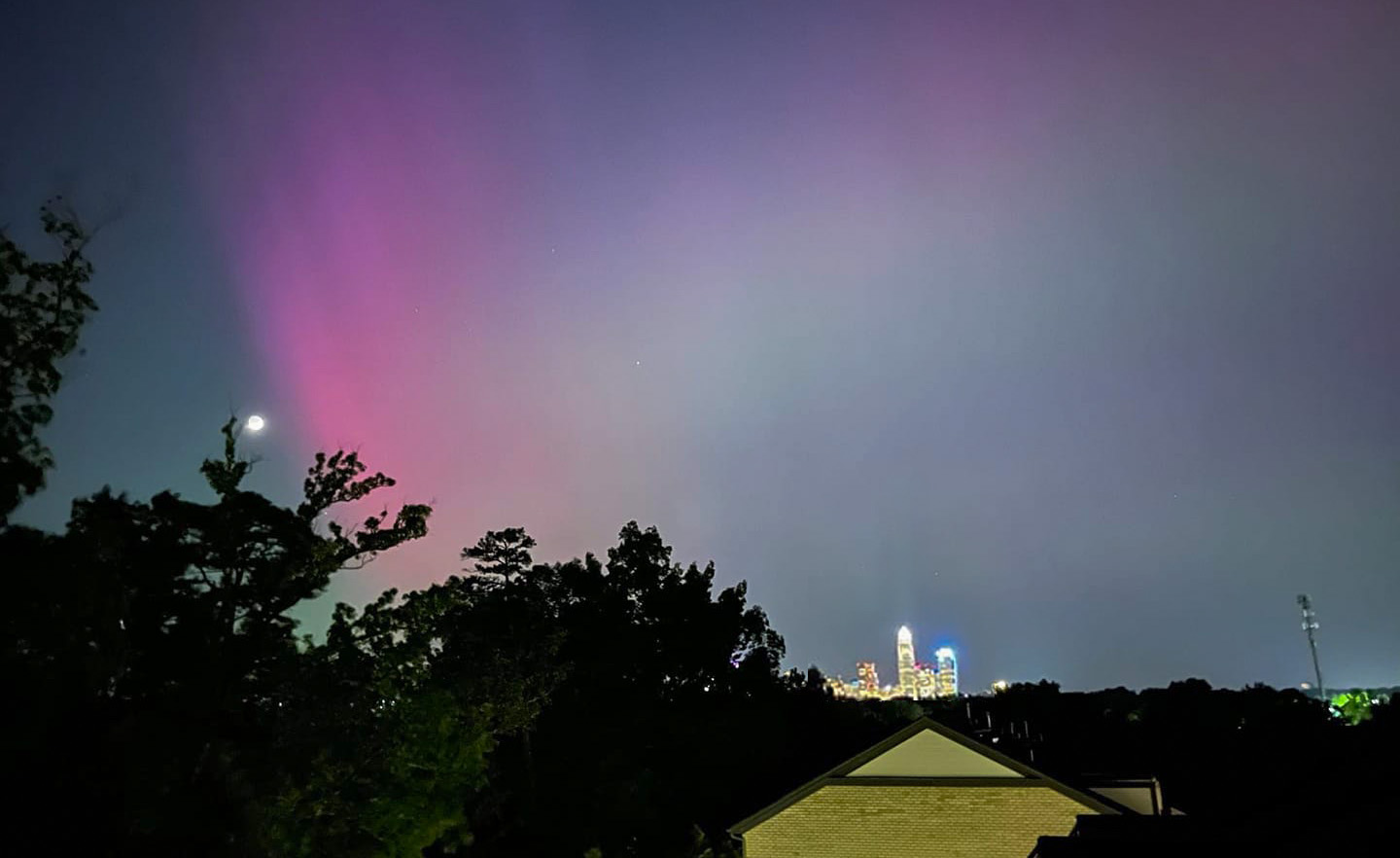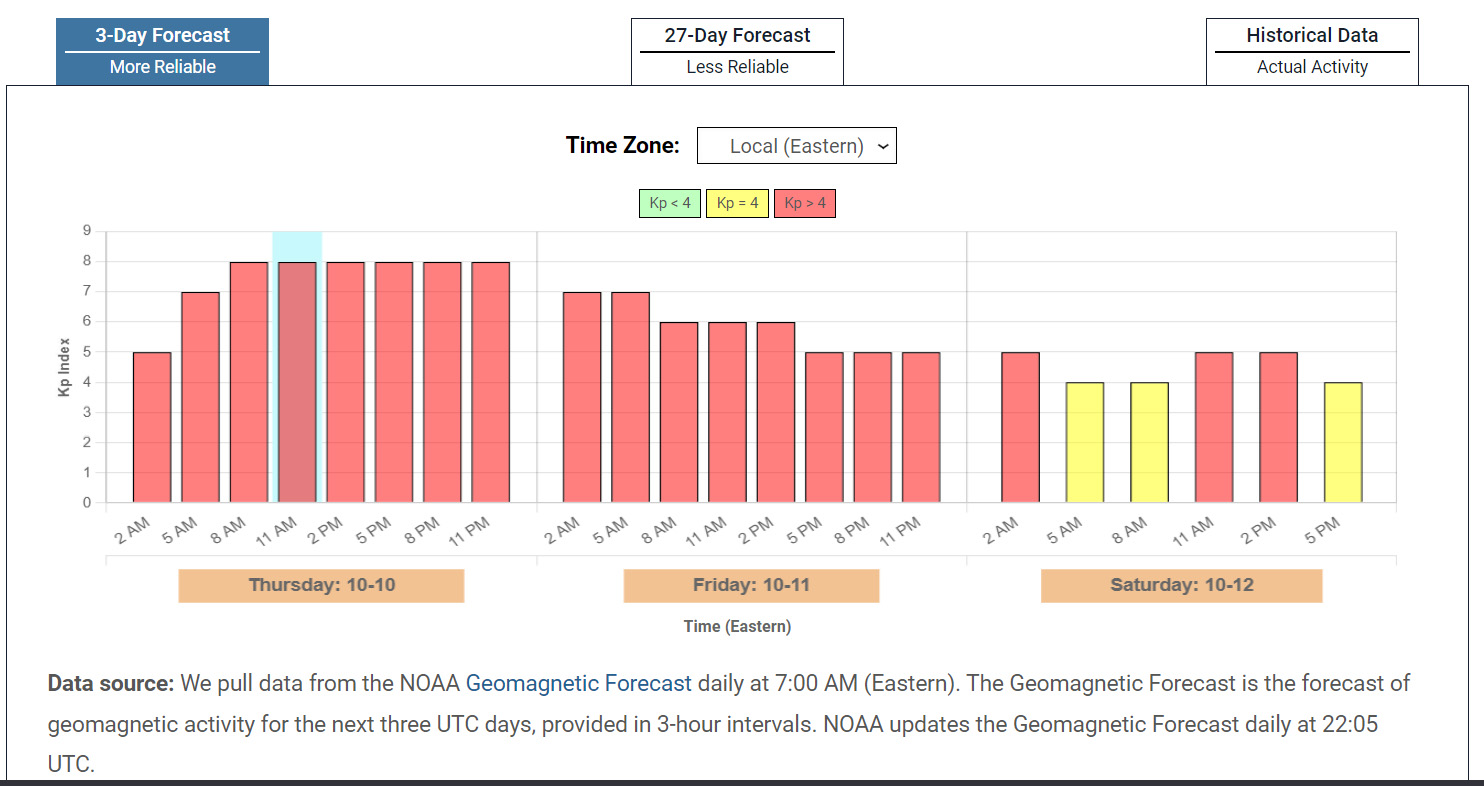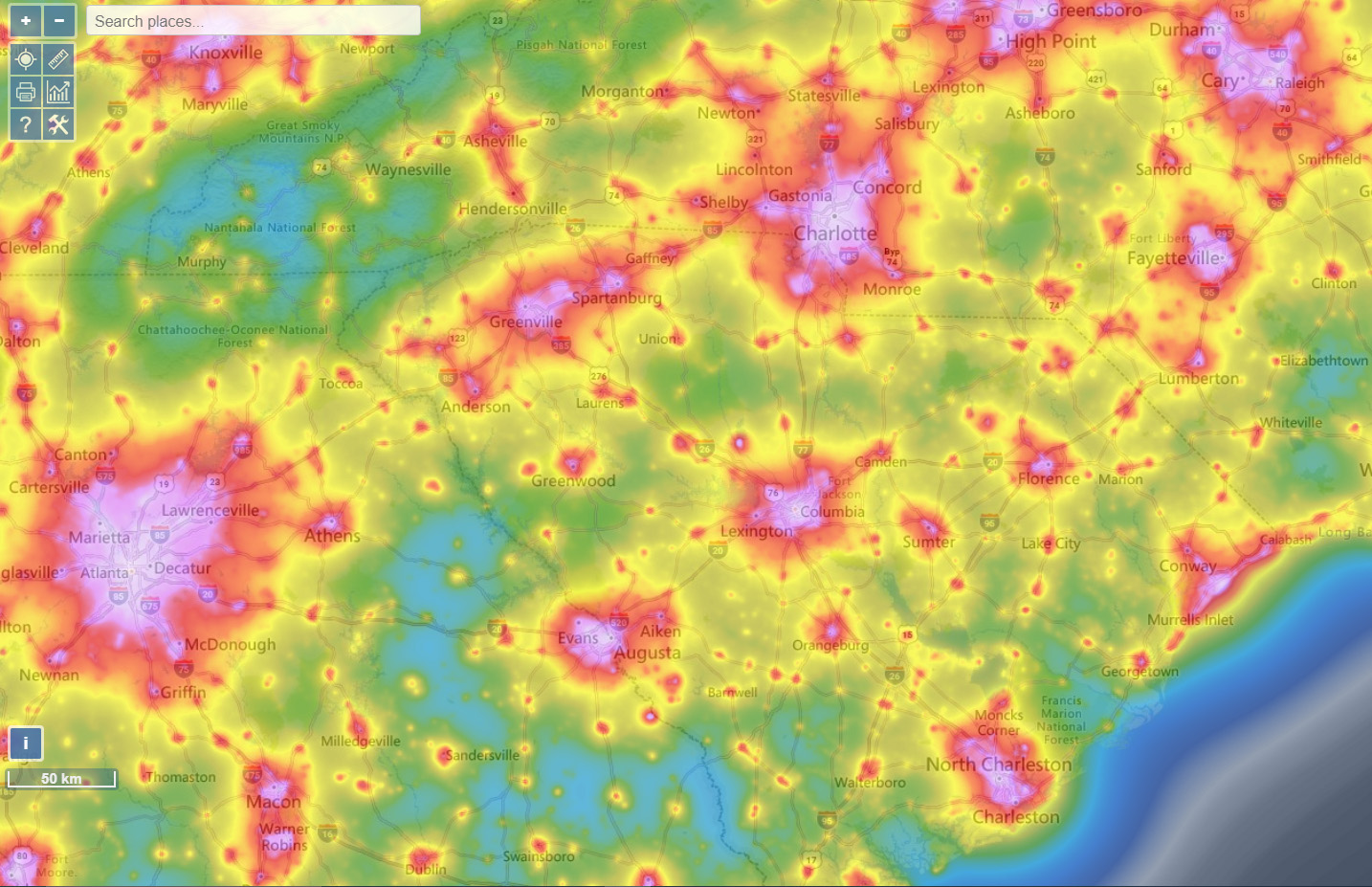
A rare atmospheric phenomenon is set to occur across much of the U.S. tonight into tomorrow morning, according to NOAA’s Space Weather Prediction Center. This G4 (severe) solar storm could result in vivid displays of the northern lights, visible as far south as Alabama.
In addition to the auroras, there may be strain on power grids, especially in areas already affected by recent hurricanes in the Southeast. Meteorologists are predicting potentially stunning views of the aurora borealis in regions that typically don’t experience such displays.
A fast CME erupted from the Sun the evening of 8 Oct and is likely to arrive at Earth on 10 Oct. This CME has been analyzed and there is potential to reach G4 levels upon arrival and throughout CME passage. Visit https://t.co/89xOZCTfxh for the full story. pic.twitter.com/WpjSvmOxSS
— NOAA Space Weather Prediction Center (@NWSSWPC) October 9, 2024
The KP index is now peaking at 8.0 and will continue to throughout tonight into tomorrow morning, offering early risers a chance to see the phenomenon.

Northern Lights recently lit up the North Carolina sky after an exceptionally powerful CME from the sun blasted our magnetosphere, similar to what is happening today.
One of the most epic shots you’ll ever see of the #northernlights and the #MilkyWay This was over Waynesville, NC last night. Thanks for the photo Ezekiel Coppersmith. #scwx #ncwx pic.twitter.com/t1lWFfE2Py
— Ed Piotrowski (@EdPiotrowski) November 6, 2023
If you want to get your own shots of the aurora, you’ll need a long-exposure camera. Go to a very dark place where you have an unobstructed view toward the northern sky. The best place would be a remote mountain with north-facing views.
You can find the dark spots in your area using the official light pollution map here.
Happy aurora hunting!



